
Climate Change Phenomena: Bananas in Our Breadbasket?
Students will explore the carbon cycle and evaluate associated phenomena of climate as they discover the impact climate change could have on the farms that produce our food.

Students will explore the carbon cycle and evaluate associated phenomena of climate as they discover the impact climate change could have on the farms that produce our food.
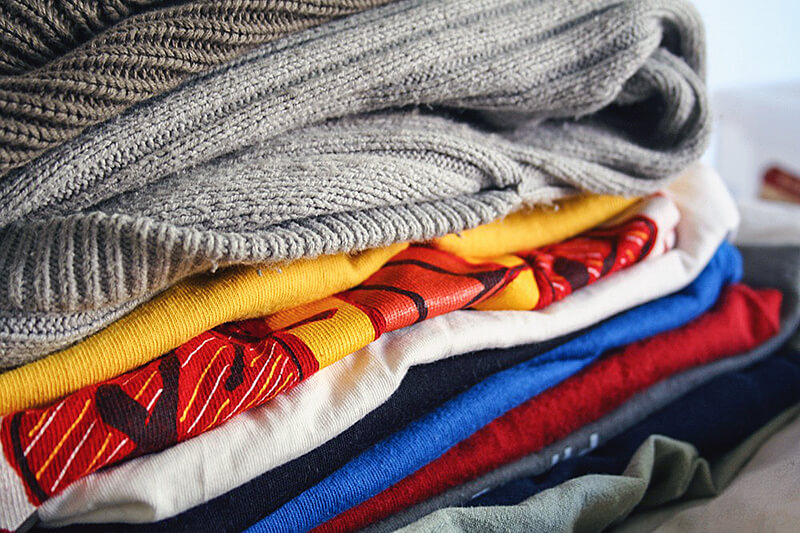
Students will gain a broad understanding of the types and sources of different fibers, examining their origins and observing their differences. Activities in this lesson include examining clothing and clothing labels and observing how different types of fabrics burn.
This is an advanced level or honors lab. During this investigation, students will perform a coliform analysis of raw hamburger meat. They will collect, organize, and interpret data while practicing safe lab techniques. In the end, they will apply the results of a coliform analysis to food safety.
Students use the art of soil painting to explore science and the natural world while learning about the color wheel, the importance of soil to agriculture, and why soils have different colors.
In this lesson, students will use their knowledge of solutes, solvents, and parts per million to analyze fertilizer options that meet plant nutrient requirements while evaluating costs associated with managing plant nutrients.
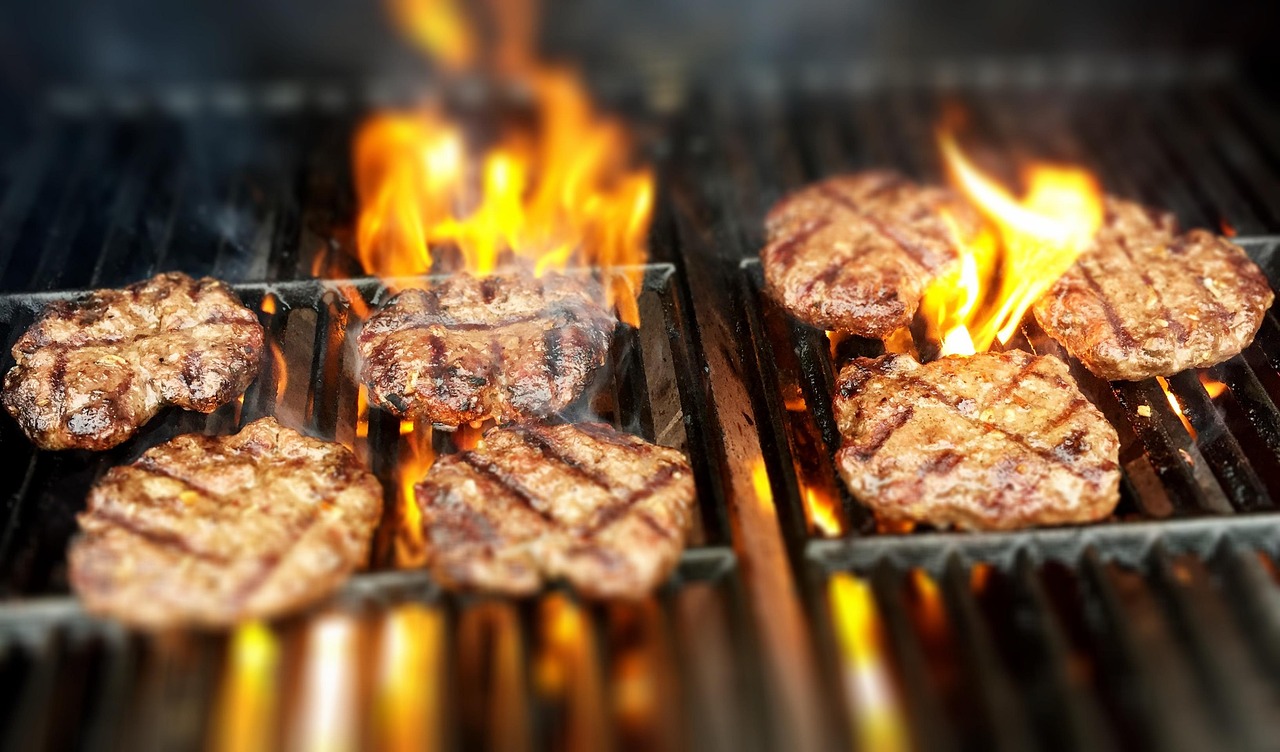
The teacher will demonstrate cooking hamburgers to different temperatures. Students will analyze Petri dishes inoculated with hamburger and observe the amount of bacteria at each temperature. They will also learn that cooking hamburgers to the recommended temperature of 160° F (71° C) will kill pathogenic bacteria. Hamburger is used for this cooking lab because it’s a food that students are familiar with and may be cooking at home.

Through a series of 4 Labs, students will explore the 4 Cs of Food Safety: clean, cook, chill, and combat cross-contamination (separate.) Hamburger is used for the labs, as it is a food that students are familiar with and may be cooking at home. Lab 4 is a review and summary of what the students have learned about the 4 Cs and encourages them to apply these principles to their everyday life.
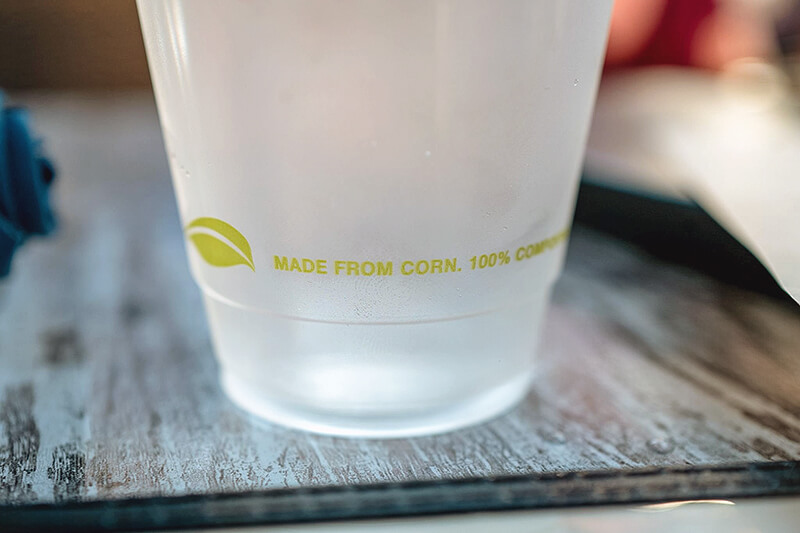
Students examine the growth, composition, history, and uses of corn through a close reading activity, discussion of renewable and non-renewable resources, and hands-on exploration of bioplastics made from corn.
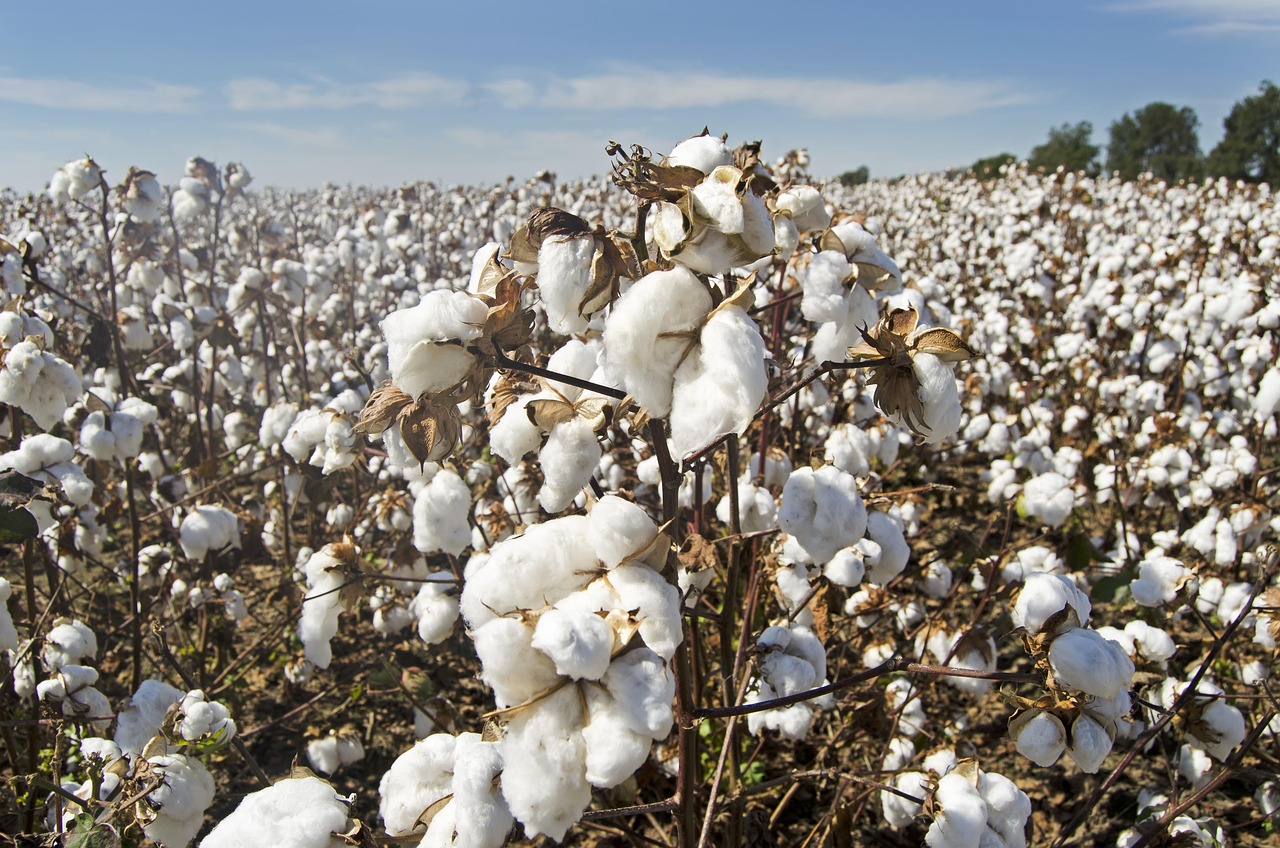
Students investigate the impact of cotton on the history and culture of the United States.

Students investigate the impact of cotton on the history and culture of the United States. Students will discover the growth and processing requirements for cotton, recognize how the invention of the cotton gin affected slavery, explain how the plantation system was organized, and ultimately understand the role of cotton in the Civil War.
Students explore the Census of 2020 by making a connection between shepherds counting their sheep and counting the population of the United States.
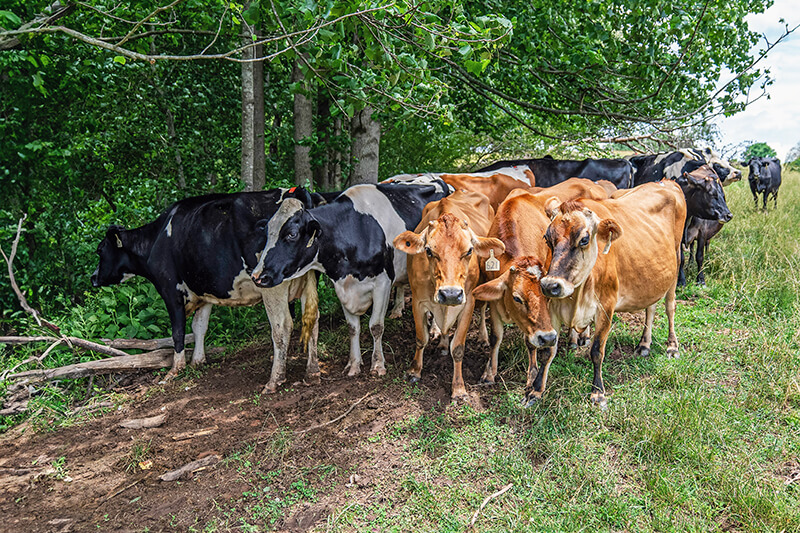
Students explore breed characteristics and countries of origin for five different breeds of dairy cattle and discover why dairy farmers choose individual breeds for specific purposes.